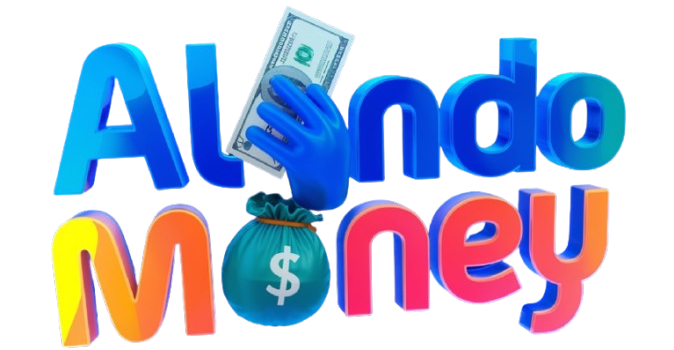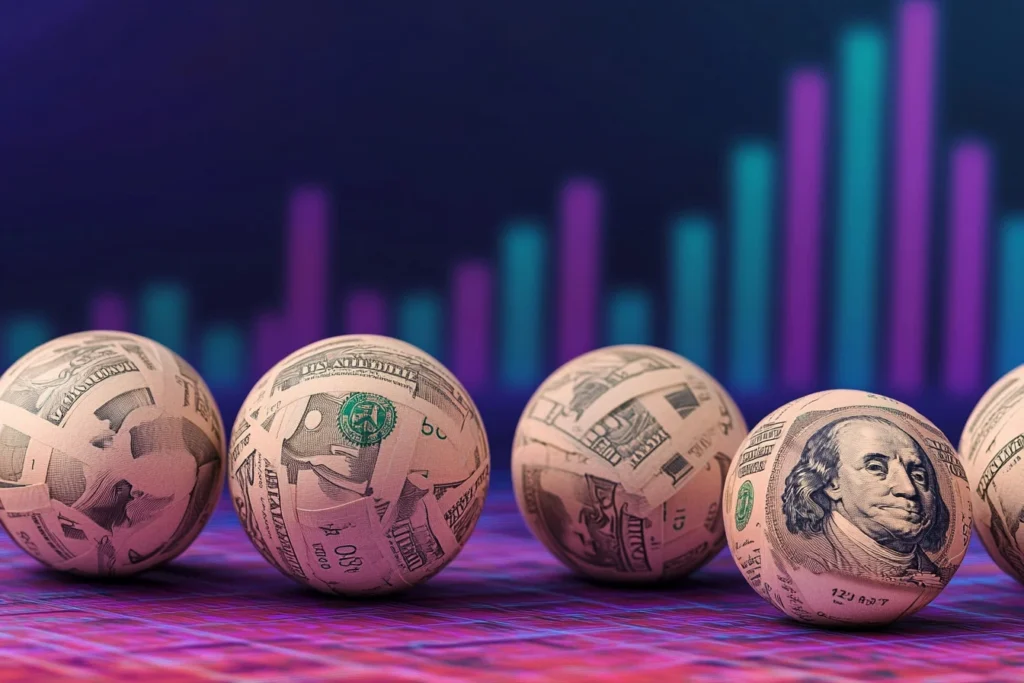High-interest debt turns the magic of compounding interest against you
Essentially, you take compounding interest and let it prey upon your wallet instead of working for the interests off dumping good cash down a large hole with no potential positive result. Compounding interest is usually a good thing for growing your investments, but can also be the path to lifelong debt. High-interest debt, on the other hand, is a trap that can wreak havoc with your finances and keep you from getting ahead.
The idea behind interest is straightforward: Interest compounds, which means it increases on both an original sum and any compound… Though this forces a savings balance to compound growth, high-interest debt ,like credit card debts achieve the same effect but in increasing what you owe rather than saving. Interest every month is charged to your owed amount which causes a growing figure that can fast spiral into an unmanageable total.
High-interest debt, many people probably think: ~ what counts as high interest-based debts? It is generally ranked as high-interest debt due to the fact that it often has interest rates greater than 15% and sometimes even surpasses 20%. On the other hand, specific types of debt such as mortgages and student loans typically have less interest rates. This difference is vital in proper financial planning.
High-interest debt stands as our first adversary, and to combat it you must wrest control with a proactive strategy. First, take an inventory of all your current liabilities and group them by interest rate(s). Concentrate paying off of high-interest debts first like loans against inappropriate defined contribution plan investments with the avalanche or snowball approach. The avalanche method focuses on paying off high-interest loans first, which can ultimately save you money. This is different than the snowball method, which focuses on paying off smaller debts first to keep you motivated and moving.
The next critical step is to establish a budget which will control some of the spending and create more savings. Assigning money for debt repayment can place the control of your financial situation back in your hands. Also, think about talking to creditors and installment relief services for help in negotiating lower interest rates or transfer balance income redistribution.
Ultimately, while compounding interest can be a road to riches, with high-interest debt it cuts the other way. But if you know how interest works, have a good plan to pay it back and implement better financial habits…you can break the cycle and move out of that debt prison!




